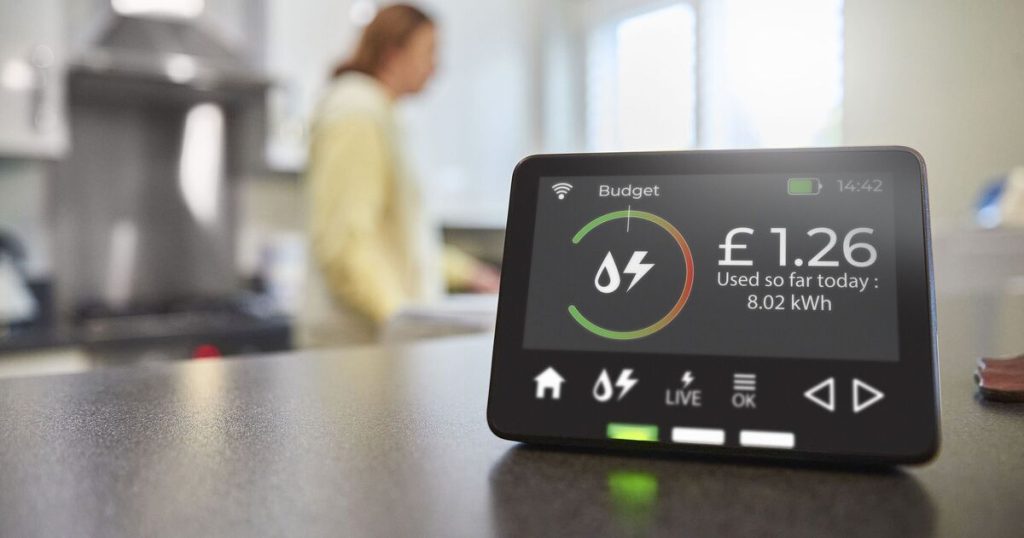
Energy bills will rise by 6.4% for households on standard variable tariffs from today, April 1, in line with energy regulator Ofgem’s new price cap. This reflects an average increase of around £9.25 a month, taking bills to £1,849 a year on average for a typical dual-fuel household.
The energy price cap, introduced in 2019 by Ofgem, aims to prevent service providers from making excessive profits from customers who don’t take the time to switch to cheaper fixed deals. Ofgem reviews the energy price cap every three months, with the latest taking effect on April 1 and continuing through to June 30. The cap sets the maximum amount that energy providers can charge per unit of energy (measured in pence per kilowatt-hour, or p/kWh) based on wholesale energy prices.
However, the cap does not limit the total bill a household pays. Households still pay for the energy they consume, meaning if usage increases, so will the total bill, even if the per-unit price is capped. The price cap only regulates how much energy providers can charge per unit, not the overall cost based on how much energy is consumed.
You can estimate how much your bill will increase from April using our energy bills calculator.
Today’s price cap will only apply to households on standard variable rate tariffs. People on fixed tariffs are shielded from the rise, as they enable customers to lock in rates for 12 months or more.
Based on the current energy price cap, households on variable tariffs may be able to save “hundreds” of pounds by opting for a cheaper fixed rate.
Ben Gallizzi, energy expert at Uswitch.com, said: “The cheapest fixed deal on the market could save the average household around £244 a year compared to the April price cap. Right now, there are some of the biggest savings we have seen available since March 2024.”
He noted that while July’s price cap is predicted to drop to £1,712, which is £137 lower than the April price cap, the top 10 cheapest fixed deals offer even bigger savings than this drop.
Households can search for cheaper deals on comparison sites, such as Uswitch.com or MoneySuperMarket.
Mr Gallizzi added: “Switching is still the best way to lock in lower rates.”




